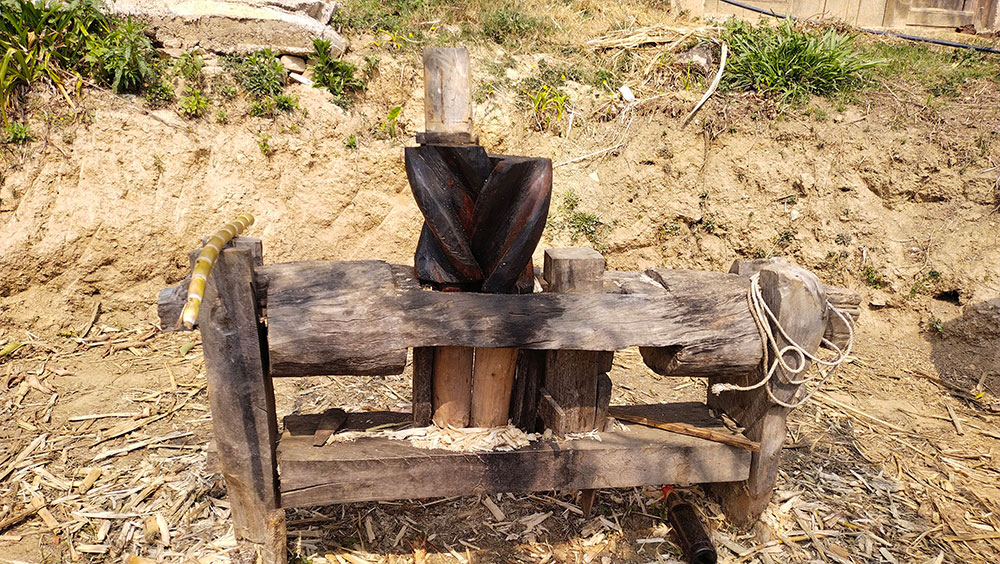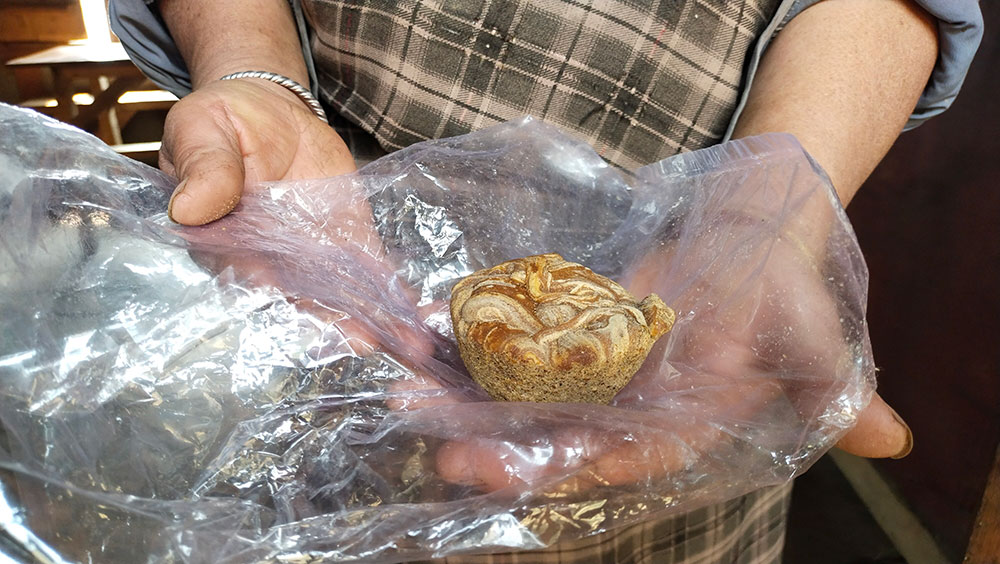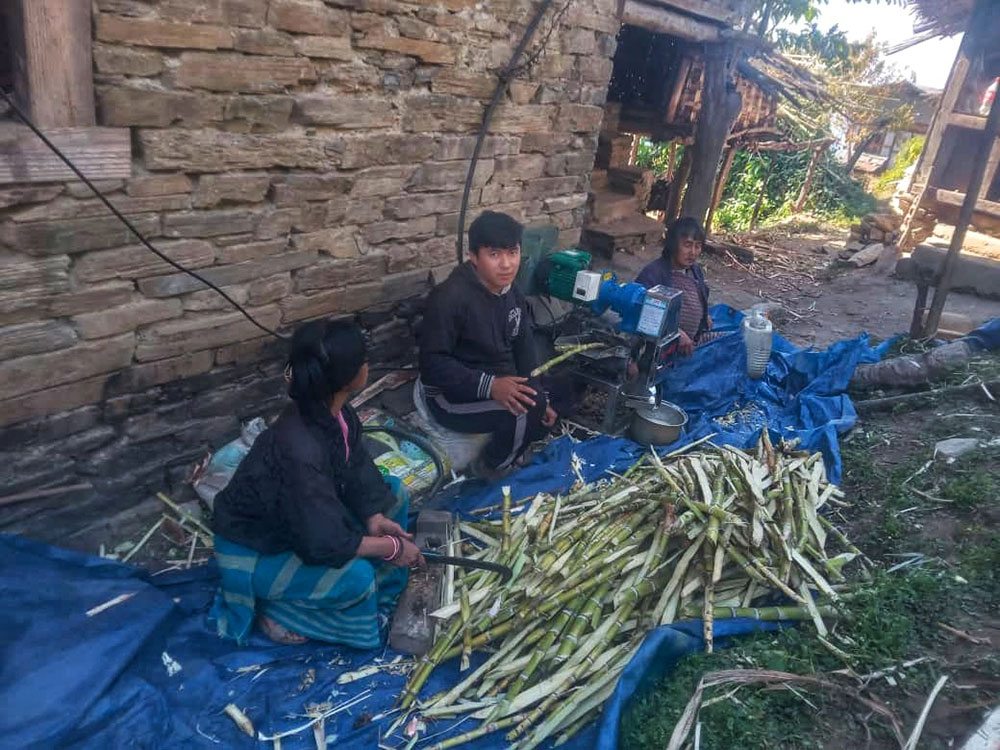Neten Dorji
Lumang–The jaggery business, locally known as “tshatshi buram”, in Lumang is poised for growth in the coming years, driven by an increasing number of farmers cultivating sugarcane.
Farmers find sugarcane cultivation more lucrative compared to traditional crops like maize. Wangdi, a farmer from Dhoree village, has been growing sugarcane for over a decade despite facing initial challenges.
He acknowledges the labor-intensive process of making jaggery, which involves boiling raw sugarcane juice until it solidifies. However, Wangdi has adapted to sugarcane’s life cycle and employs farming techniques like intercropping to optimize growth.
Lobzang Dorji, another farmer, started with a small sugarcane plot and gradually expanded, seeing it as a path towards economic self-reliance. He earned over Nu 20,000 from jaggery sales last year, a testament to the crop’s potential.


Sugarcane extraction work ends by February
More than 50 households in the gewog have embraced sugarcane farming, supported by the gewog administration’s provision of juice extraction machines. Despite the availability of modern equipment, some still resort to manual methods, which are laborious and time-consuming.
However, with increasing interest in sugarcane cultivation, there’s a demand for more efficient machinery. Dorji Wangchuk, a machine operator, emphasizes the need for government support in acquiring advanced equipment to streamline the extraction process.
Sugarcane cultivation offers a promising source of income for villagers, with Lumang Gup, Sangay Gyeltshen, highlighting plans to explore marketing opportunities and provide packaging training.
The aim is to uplift the local economy and gradually reduce poverty rates through sustainable agricultural practices.


